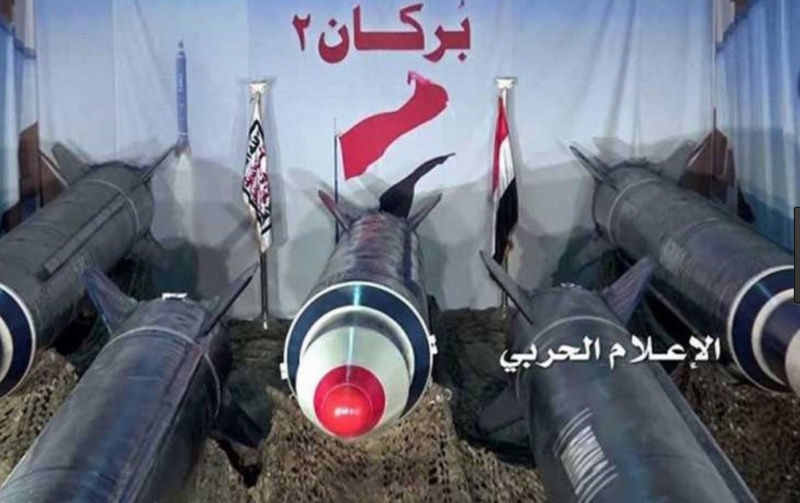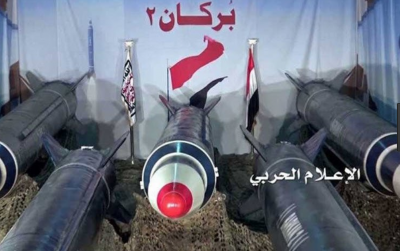Hezbollah revealed its shelling of the "Branit" barracks in the Galilee with heavy "Borkan" missiles. What are these missiles, and what do we know about them? The heavy "Borkan" missiles are a category of missiles with a heavy warhead capable of causing significant damage to a target. They are launched at a relatively short range, often extending up to 10 kilometers. The inverse relationship between the size of the warhead and the short range gives the missiles the title of "heavyweight."
The short-range "Borkan" missile features several specifications, including an explosive warhead weighing 200 kilograms and a destructive radius of approximately 150 meters. These missiles are locally manufactured by Hezbollah, which has used them in Syrian territory and developed two versions, "Tawfan" and "Abu Talib," extending their range to 10 kilometers. Small trucks or ground-mounted platforms are utilized for launching these missiles.
According to media reports, Hezbollah possessed hundreds of these missiles by 2016, with each missile costing between $300 and $400. Unguided missiles formed the bulk of Hezbollah's missile arsenal during the last war with Israel in 2006 when the group launched about four thousand missiles at Israel, most of which were Russian-made Katyushas with a range of up to 30 kilometers. Hezbollah also possesses various types of Iranian-made missiles such as "Ra'ad," "Fajr," and "Zalzalah," which feature stronger payloads and longer ranges than Katyusha missiles.
As for the Katyusha missiles, a report published in 2018 by the Center for Strategic and International Studies, based in Washington, indicated that Hezbollah has different types of this missile, with ranges between four and 40 kilometers. Additionally, the "Fajr 3 and 5" missiles have ranges between 43 and 75 kilometers, while the Ra'ad missiles range between 60 and 70 kilometers. Hezbollah heavily employed guided anti-tank missiles during the 2006 war and has reintroduced guided missiles in the latest rounds of fighting, shelling Israeli sites across the border. Israel claimed during the recent escalation that it responded to anti-tank missiles.
Hezbollah released videos claiming direct hits on Israeli tanks and other military vehicles since October 8. The footage also shows targeted strikes on military installations on the Israeli side of the border.
### Drones
Hezbollah also possesses drones of various sizes, including reconnaissance aircraft, which Nasrallah stated have been reaching deep into Israel since the recent escalation, as well as "offensive" drones that can be armed. Nasrallah announced the use of "dive" drones for the first time in Lebanon. The party employs drones, which they claim include the locally assembled "Ayoub" and "Marsad" models, often for reconnaissance missions. However, these drones can also be fitted with a small payload of munitions. Experts say that low-cost, mass-produced drones could be used to deplete the Israeli air defense system (Iron Dome).




